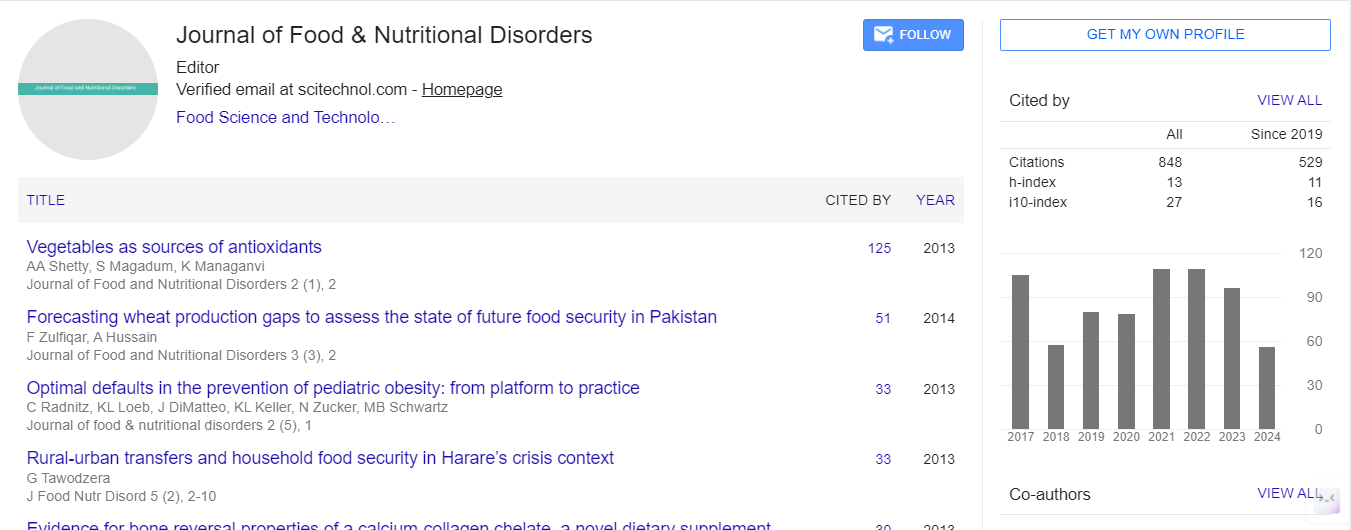Quito municipal schools: Obesity and factors related with it
Natalia Romero Sandoval
International University of Ecuador, Ecuador
:
Abstract
Childhood overweight and obesity are serious public health problems which affect populations’ at all socioeconomic levels. Schools are one of the places where attempts should be made to prevent and correct these problems, identifying the behavior of associated factors. We proposed to estimate the prevalence of overweight/obesity and quantify its behavior by means of a survey administered to school children and their parents, in a cohort of 6964 children aged 9 to 17 years, attending public municipal schools in a city of medium-low income in Ecuador. The prevalence of overweight was 18.7% (95% CI 17.8-19.6) and of obesity was 7.9% (95% CI 7.6-8.2), values being significantly higher among boys aged 9 to 12 years. Aspects associated with excess weight were going to school without having their breakfast, not following a diet, ignorance on the part of parents regarding risky eating behaviors of their children outside the home and being a member of a nuclear family, 91.9% of the children were sedentary and 78.2% of obese children did not see themselves as obese. The highest percentage of excess weight is attributed to the fat until the age of 11 years in girls and up to 14 years in men. Among those with excess weight, body fat has less influence than height among the boys, whereas among girls body fat and height contribute equally at all ages.
Biography
Natalia Romero Sandoval has obtained her PhD from Universidad Autónoma de Barcelona in 2010 and Postdoctoral studies at the Colegio de la Frontera Sur- ECOSUR, Chiapas, Mexico in 2015. Currently, she is working as the Director of the Research Department at the International University of Ecuador. She has published more than 25 scientific papers, served as Ecuador's National Director of Epidemiology (2011-2012) and worked with Ecuador's National Health and Nutrition survey team.
Email: nromero@internacional.edu.ec
 Spanish
Spanish  Chinese
Chinese  Russian
Russian  German
German  French
French  Japanese
Japanese  Portuguese
Portuguese  Hindi
Hindi 
